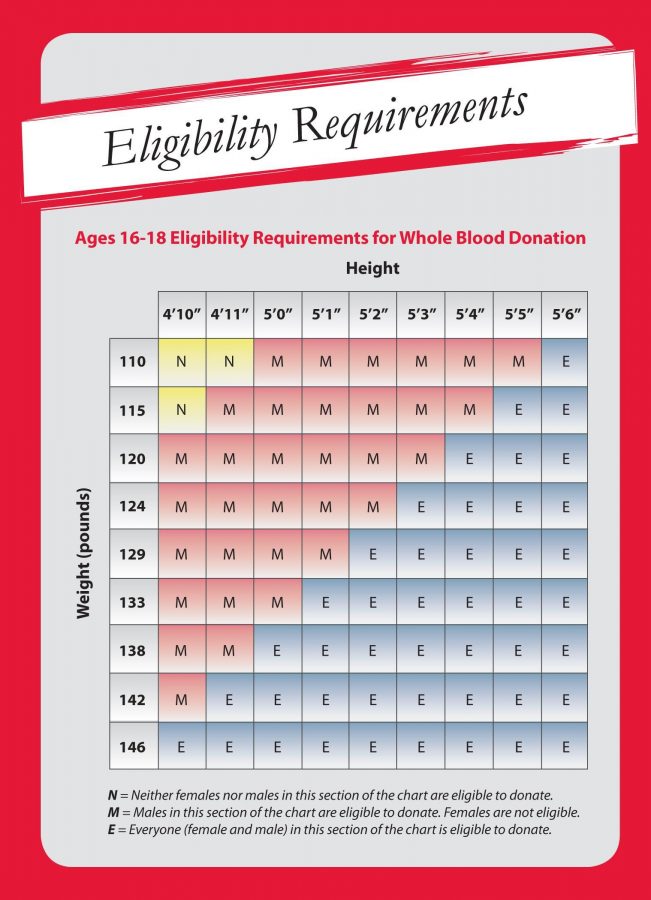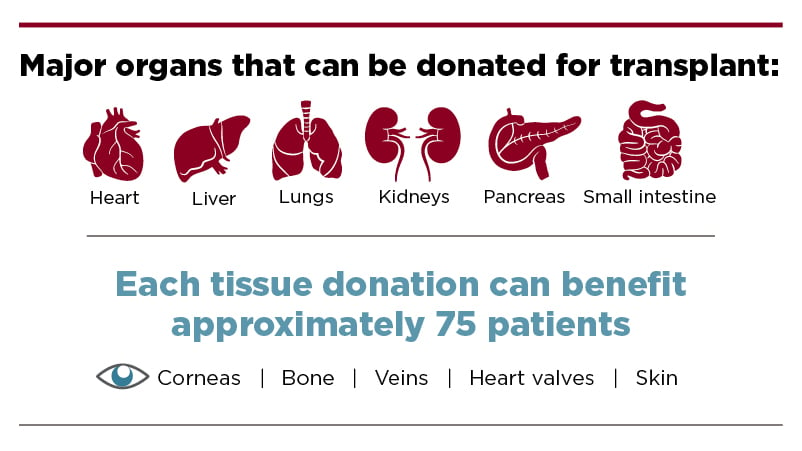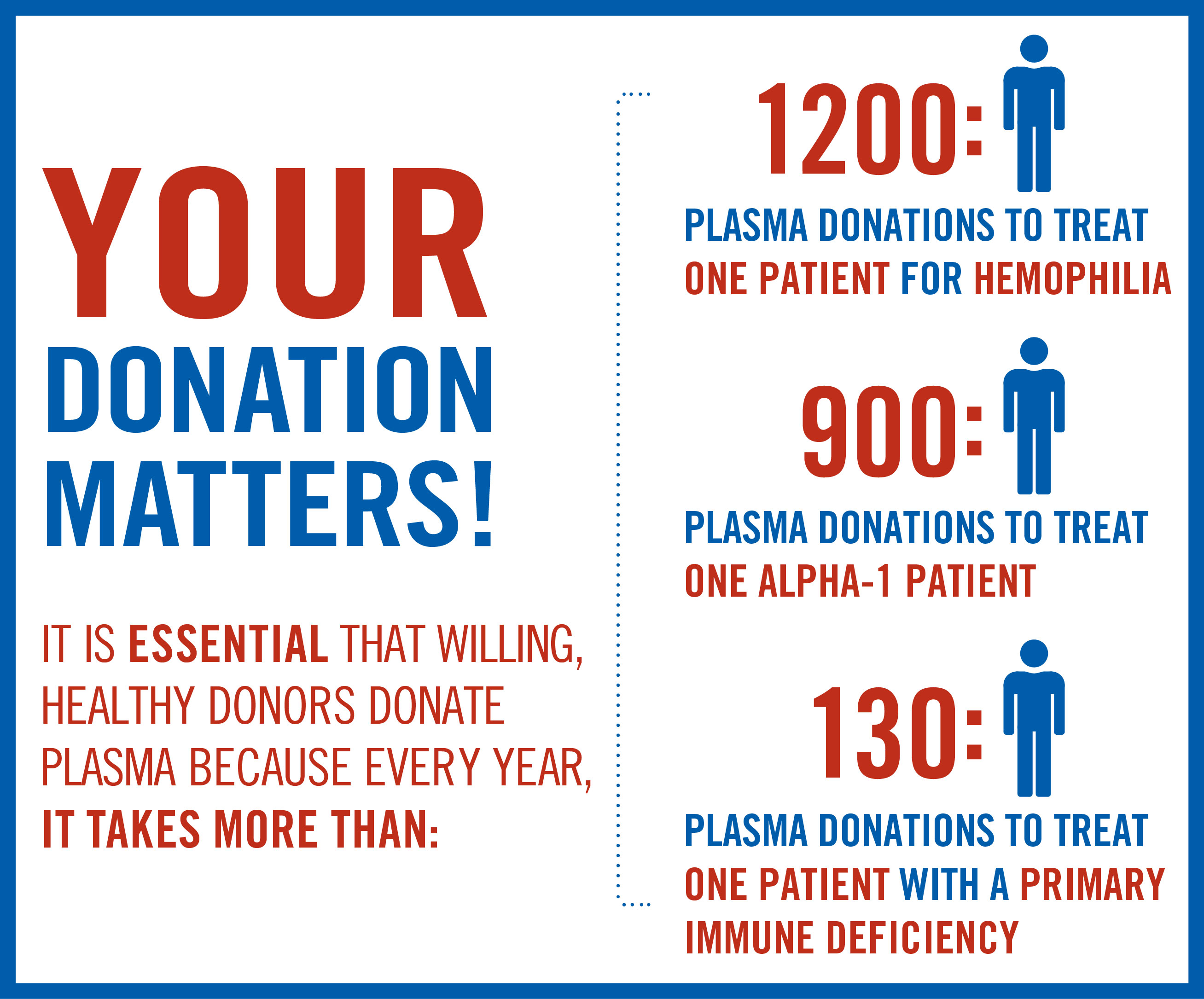What is Plasma Donation and How Does it Work?
Plasma donation is a vital process that helps create life-saving therapies for patients with rare and serious diseases. Plasma, the liquid portion of blood, is rich in antibodies and proteins that can be used to treat conditions such as hemophilia, immunodeficiency disorders, and certain types of cancer.
The plasma donation process typically involves a series of steps, including registration, medical screening, and the actual donation. During the donation process, a sterile needle is inserted into a vein in the donor’s arm, and the plasma is collected using a specialized device. The entire process usually takes around 1-2 hours, and donors are typically compensated for their time and effort.
Plasma donation centers use a process called plasmapheresis to collect the plasma. This process involves separating the plasma from the other blood components, such as red and white blood cells, and then returning the remaining blood components to the donor’s body. The collected plasma is then frozen and shipped to manufacturing facilities where it is used to create a variety of therapies.
Donating plasma can be a rewarding experience, knowing that your contribution is helping to create life-saving therapies for patients in need. Additionally, plasma donors can earn money for their donations, with some centers paying up to $50 or more per donation. While the amount of money you can make donating plasma a month varies depending on the center and your eligibility, it can be a viable way to supplement your income.
It’s essential to note that plasma donation is a safe and regulated process. Donors are thoroughly screened before each donation to ensure their safety and the safety of the patients who will receive the therapies created from their plasma. Donors are also monitored during and after the donation process to ensure their well-being.
Overall, plasma donation is a vital process that helps create life-saving therapies for patients with rare and serious diseases. By understanding the plasma donation process and the importance of plasma, donors can feel confident in their decision to contribute to this life-saving effort.
How to Get Started with Plasma Donation: Eligibility and Requirements
To become a plasma donor, individuals must meet certain eligibility criteria, which vary depending on the donation center and the type of plasma being collected. Generally, plasma donors must be at least 18 years old, weigh at least 110 pounds, and be in good overall health.
In addition to age and weight requirements, plasma donors must also meet certain medical requirements. This includes having a valid government-issued ID, proof of residency, and a social security number or equivalent. Donors must also pass a medical examination, which includes a review of their medical history, a physical examination, and a blood test to ensure they are free from certain diseases.
Donors must also meet specific requirements related to their travel history, vaccination history, and medication use. For example, donors who have traveled to certain countries or have received certain vaccinations may be deferred from donating plasma for a period of time.
Once an individual has met the eligibility criteria, they can begin the registration process. This typically involves filling out a questionnaire, providing identification and proof of residency, and undergoing a medical examination. Donors will also be required to provide a blood sample, which will be tested for certain diseases and infections.
After registration, donors will be scheduled for their first plasma donation. Donors can typically donate plasma twice within a 7-day period, with at least 2 days in between donations. The frequency of donations allowed varies depending on the donation center and the type of plasma being collected.
It’s essential to note that plasma donation centers have strict guidelines in place to ensure the safety of donors and the quality of the plasma collected. Donors who do not meet the eligibility criteria or who have certain medical conditions may be deferred from donating plasma.
By understanding the eligibility criteria and requirements for plasma donation, individuals can determine if they are eligible to donate and take the first step towards supporting the creation of life-saving therapies. While the amount of money you can make donating plasma a month varies, it can be a rewarding experience knowing that your contribution is helping to support the development of these therapies.
Understanding Plasma Donation Compensation: How Much Can You Earn?
The compensation structure for plasma donation varies depending on the donation center, location, and frequency of donations. On average, plasma donors can earn between $20 to $50 per donation, with some centers offering higher pay rates for frequent donors or those who donate more frequently.
The frequency of donations allowed also affects earnings. Most donation centers allow donors to donate twice within a 7-day period, with at least 2 days in between donations. This means that donors can potentially earn up to $100 to $200 per week, depending on the pay rate and frequency of donations.
Location is also a factor in determining earnings. Donation centers in urban areas tend to offer higher pay rates than those in rural areas. Additionally, some centers may offer bonus programs or incentives for frequent donors, which can increase earnings.
It’s essential to note that plasma donation compensation is not just about the monetary reward. Donors also receive the satisfaction of knowing that their contribution is helping to create life-saving therapies for patients in need.
When considering how much you can make donating plasma a month, it’s essential to factor in the frequency of donations, pay rate, and any bonus programs or incentives. By understanding the compensation structure and factors that affect earnings, donors can make informed decisions about their plasma donation experience.
On average, plasma donors can earn around $400 to $800 per month, depending on the frequency of donations and pay rate. However, this amount can vary significantly depending on individual circumstances. By maximizing their earnings potential, donors can support their financial goals and improve their overall well-being.
Ultimately, the amount of money you can make donating plasma a month will depend on your individual circumstances and the specific donation center you work with. By understanding the compensation structure and factors that affect earnings, donors can make informed decisions about their plasma donation experience and maximize their earnings potential.
Maximizing Your Earnings: Tips and Strategies for Frequent Donors
To maximize your earnings as a plasma donor, it’s essential to maintain eligibility, optimize your donation schedule, and take advantage of bonus programs. Here are some tips and strategies to help you achieve this:
Firstly, ensure you meet the eligibility criteria for plasma donation, including age, weight, and medical requirements. This will help you to donate plasma regularly and maximize your earnings.
Secondly, optimize your donation schedule by donating at the right time. Most donation centers allow donors to donate twice within a 7-day period, with at least 2 days in between donations. By donating at the right time, you can maximize your earnings and ensure you don’t miss out on any donation opportunities.
Thirdly, take advantage of bonus programs offered by donation centers. Some centers offer bonus programs for frequent donors, which can increase your earnings. By participating in these programs, you can earn more money and support your financial goals.
Additionally, consider donating at centers that offer higher pay rates or bonus programs. By doing so, you can increase your earnings and support your financial goals.
It’s also essential to maintain a healthy lifestyle to ensure you can continue to donate plasma regularly. This includes eating a balanced diet, staying hydrated, and getting enough rest. By maintaining a healthy lifestyle, you can ensure you can continue to donate plasma and maximize your earnings.
By following these tips and strategies, you can maximize your earnings as a plasma donor and support your financial goals. Remember, the amount of money you can make donating plasma a month will depend on your individual circumstances and the specific donation center you work with. By optimizing your donation schedule, taking advantage of bonus programs, and maintaining a healthy lifestyle, you can increase your earnings and achieve your financial goals.
Top Plasma Donation Centers: A Comparison of Pay Rates and Requirements
When it comes to plasma donation, there are several top donation centers that offer competitive pay rates and requirements. Here’s a comparison of some of the top plasma donation centers, including Grifols, BioLife, and CSL Plasma:
Grifols is one of the largest plasma donation centers in the world, with over 200 locations across the United States. Grifols offers a competitive pay rate of up to $50 per donation, with the opportunity to earn up to $200 per month. To be eligible to donate at Grifols, you must be at least 18 years old, weigh at least 110 pounds, and be in good overall health.
BioLife is another top plasma donation center with over 100 locations across the United States. BioLife offers a pay rate of up to $40 per donation, with the opportunity to earn up to $160 per month. To be eligible to donate at BioLife, you must be at least 18 years old, weigh at least 110 pounds, and be in good overall health.
CSL Plasma is a leading plasma donation center with over 200 locations across the United States. CSL Plasma offers a pay rate of up to $30 per donation, with the opportunity to earn up to $120 per month. To be eligible to donate at CSL Plasma, you must be at least 18 years old, weigh at least 110 pounds, and be in good overall health.
When considering which plasma donation center to donate at, it’s essential to compare the pay rates and requirements of each center. By doing so, you can maximize your earnings and support your financial goals. Additionally, consider the location and convenience of each center, as well as the level of customer service and support provided.
By donating plasma at one of these top donation centers, you can earn a significant amount of money and support your financial goals. Remember, the amount of money you can make donating plasma a month will depend on your individual circumstances and the specific donation center you work with. By comparing the pay rates and requirements of each center, you can make an informed decision and maximize your earnings.
Overcoming Common Challenges: Managing Time, Health, and Fatigue
Plasma donation can be a rewarding experience, but it also comes with its own set of challenges. Managing time, health, and fatigue are common issues faced by plasma donors. Here are some tips and strategies to help you overcome these challenges and maintain a healthy donation routine:
Managing time is crucial when it comes to plasma donation. Donors need to ensure they have enough time to donate, recover, and maintain their daily routine. To manage time effectively, create a schedule that allows you to donate at the same time every week or month. This will help you stay organized and ensure you don’t miss any donation appointments.
Health is another critical aspect of plasma donation. Donors need to maintain good overall health to ensure they can donate safely and effectively. To maintain good health, eat a balanced diet, stay hydrated, and get enough rest. Avoid smoking and excessive drinking, as these can affect your health and ability to donate.
Fatigue is a common issue faced by plasma donors, especially after donating. To manage fatigue, take breaks and rest when needed. Avoid strenuous activities after donating, and try to get at least 8 hours of sleep per night. Additionally, consider taking supplements or vitamins to help boost your energy levels.
By managing time, health, and fatigue, you can maintain a healthy donation routine and maximize your earnings. Remember, the amount of money you can make donating plasma a month will depend on your individual circumstances and the specific donation center you work with. By overcoming common challenges and maintaining a healthy donation routine, you can support your financial goals and improve your overall well-being.
In addition to managing time, health, and fatigue, it’s also essential to stay motivated and engaged in the donation process. Consider joining a plasma donation community or support group to connect with other donors and stay motivated. You can also set goals and rewards for yourself to stay engaged and motivated.
By following these tips and strategies, you can overcome common challenges and maintain a healthy donation routine. Remember, plasma donation is a rewarding experience that can support your financial goals and improve your overall well-being. By staying motivated and engaged, you can maximize your earnings and achieve your goals.
Long-Term Benefits: How Plasma Donation Can Support Your Financial Goals
Plasma donation can provide a range of long-term benefits that can support your financial goals. By donating plasma regularly, you can earn a steady income that can help you pay off debt, save for education, or build an emergency fund.
One of the most significant long-term benefits of plasma donation is the potential to pay off debt. By earning a steady income from plasma donation, you can make regular payments on your debts and work towards becoming debt-free. This can be especially helpful for individuals who are struggling to make ends meet or who have high-interest debt.
Another long-term benefit of plasma donation is the potential to save for education. By earning a steady income from plasma donation, you can save money for tuition, textbooks, and other educational expenses. This can be especially helpful for individuals who are pursuing higher education or who have children who will be attending college in the future.
In addition to paying off debt and saving for education, plasma donation can also help you build an emergency fund. By earning a steady income from plasma donation, you can save money for unexpected expenses, such as car repairs or medical bills. This can provide peace of mind and financial security, knowing that you have a safety net in place.
Overall, plasma donation can provide a range of long-term benefits that can support your financial goals. By donating plasma regularly, you can earn a steady income, pay off debt, save for education, and build an emergency fund. This can help you achieve financial stability and security, and improve your overall well-being.
When considering how much you can make donating plasma a month, it’s essential to think about the long-term benefits of plasma donation. By earning a steady income from plasma donation, you can support your financial goals and improve your overall well-being. Whether you’re looking to pay off debt, save for education, or build an emergency fund, plasma donation can provide a range of benefits that can help you achieve your goals.
Conclusion: Unlocking the Full Potential of Plasma Donation
In conclusion, plasma donation is a rewarding experience that can provide a range of benefits, including financial compensation, improved health, and a sense of fulfillment. By understanding the process of plasma donation, eligibility requirements, and compensation structure, individuals can make informed decisions about their participation in plasma donation programs.
Additionally, by following the tips and strategies outlined in this article, frequent donors can maximize their earnings and support their financial goals. Whether you’re looking to pay off debt, save for education, or build an emergency fund, plasma donation can provide a valuable source of income.
It’s essential to remember that plasma donation is a safe and regulated process, and donors are protected by strict guidelines and regulations. By donating plasma, individuals can contribute to the development of life-saving therapies and improve the lives of patients around the world.
So, how much can you make donating plasma a month? The answer depends on various factors, including the frequency of donations, pay rates, and individual circumstances. However, by understanding the compensation structure and following the tips and strategies outlined in this article, individuals can maximize their earnings and support their financial goals.
In summary, plasma donation is a rewarding experience that can provide a range of benefits, including financial compensation, improved health, and a sense of fulfillment. By understanding the process of plasma donation, eligibility requirements, and compensation structure, individuals can make informed decisions about their participation in plasma donation programs and unlock the full potential of plasma donation.







